Contact: Jessica Goad, 720-206-4235
As the 2017 Colorado state legislative session comes to a close, Conservation Colorado celebrated seven victories but also lamented several important bills that were killed or left on the cutting room floor by the state Senate.
Pete Maysmith, Executive Director of Conservation Colorado, put it this way:
This year’s legislative session had several great, bipartisan wins for conservation issues. Conservation champions and legislators on both sides of the aisle stood up for our air, land, water, and communities, and we’re proud of the passage of meaningful and innovative bills to protect our environment.
But throughout the session, a group of obstructionist right-wing Republican senators repeatedly blocked progress by voting ideologically rather than for the needs of everyday Coloradans. Their opposition to simple, commonsense fixes to problems facing Colorado — such as giving citizens the opportunity to vote on a long-term sustainable funding to solve our transportation problems — should serve as a reminder about why voting matters.
Key victories that Conservation Colorado achieved were:
- Extended a successful energy efficiency program (HB 1227)
- Helped schools test for lead in their water (HB 1306)
- Outlawed “rolling coal” (SB 278)
- Defended tax credits for electric vehicles (SB 188)
- Supported energy assistance to low-income households (HB 1116)
- Secured funding for healthy rivers (HB 1248)
- Prevented bills that would seize or sell off our public lands from being introduced
Despite the wins, several other environmental priorities were killed or stalled this session thanks to ideological opposition. These bills included:
- Funding for the Colorado Energy Office and important clean energy programs, which Republicans held hostage in order to try to provide a windfall for natural gas companies (SB 301)
- Improvements to transportation infrastructure and multimodal options (HB 1242)
- Funding for our state parks (HB 1321)
- Opening up new opportunities for investment in electric vehicle infrastructure (HB 1232)
- Three measures to keep our communities safe from oil and gas drilling in neighborhoods:
- Better protecting children from oil and gas wells located near schools (HB 1256)
- Providing notice and transparency to property and mineral rights owners in the gas patch (HB 1372)
- Securing mapping of and information about oil and gas lines, a critical necessity in the wake of the Firestone tragedy (HB 1336)
Conservation Colorado will be releasing its annual conservation scorecard with scores for legislators based on their environmental votes during the 2017 legislative session early this summer.

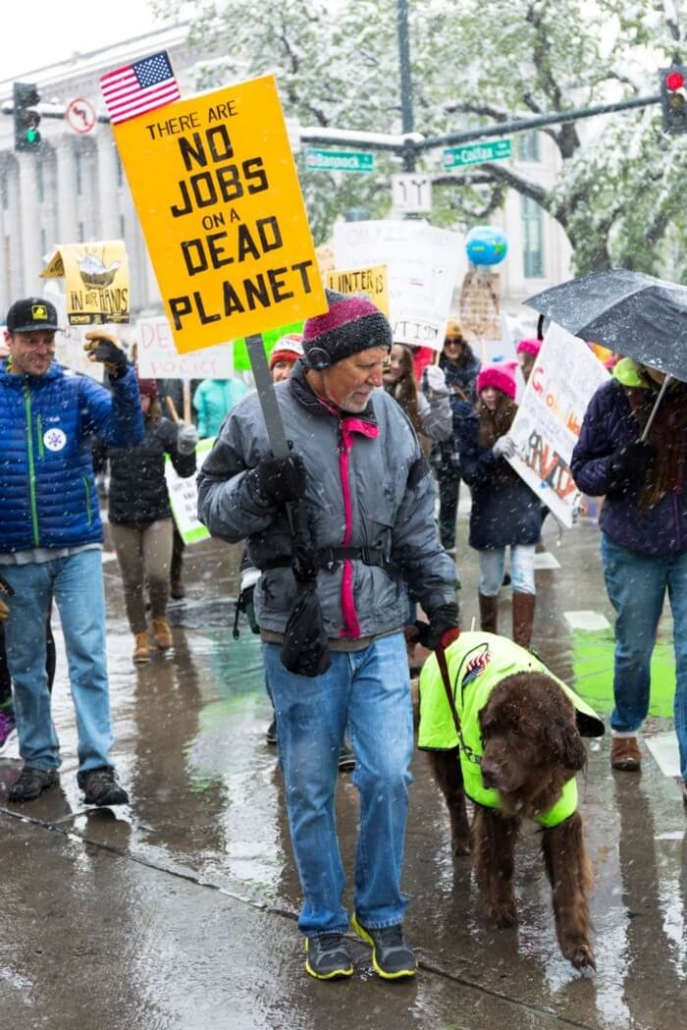


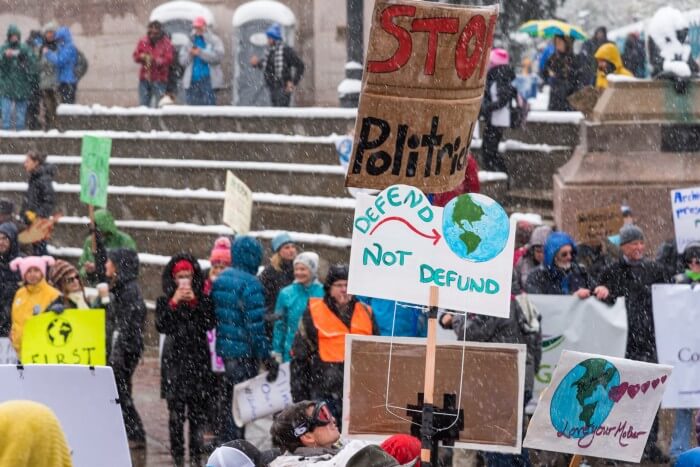



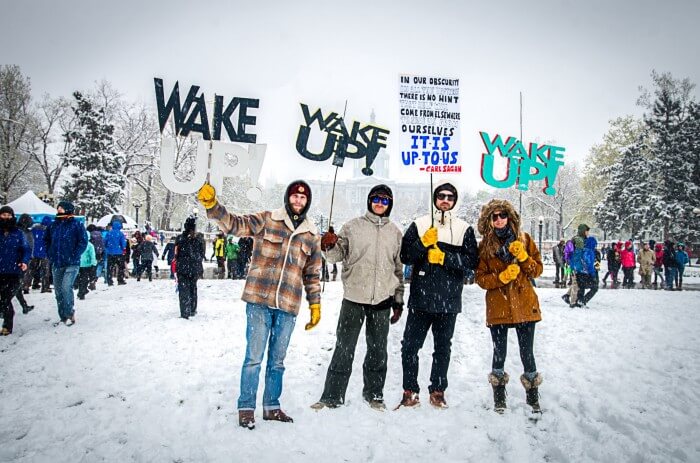
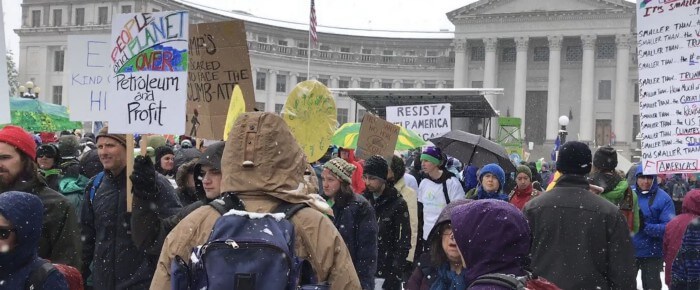
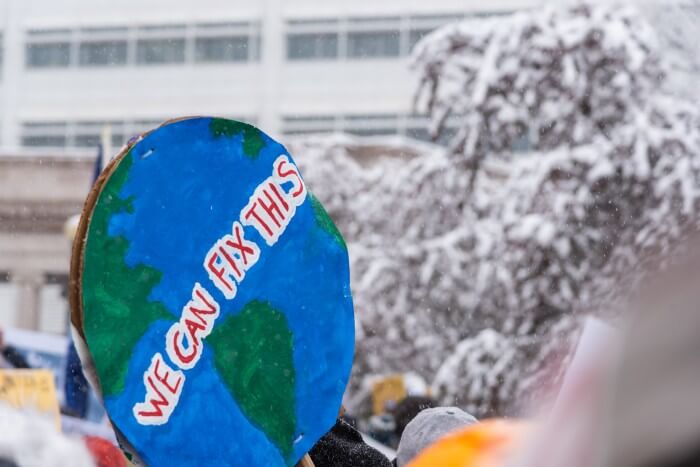
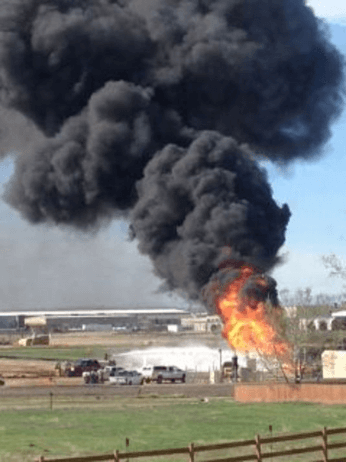
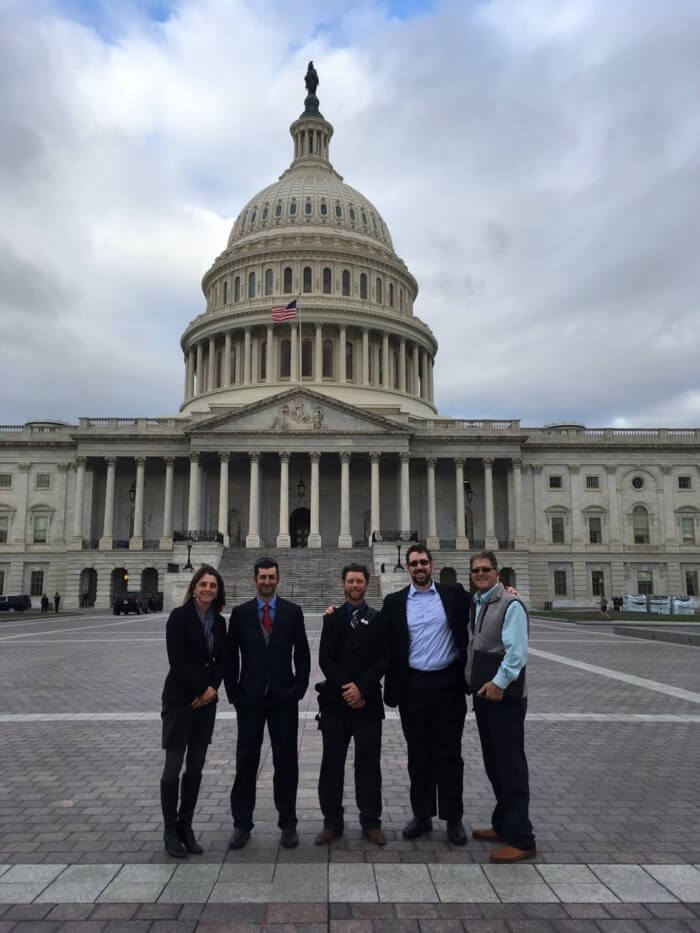


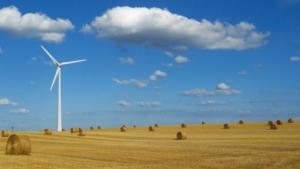 Colorado’s had a promising start to lead on climate solutions. Our renewable energy standard of 30% by 2020 and the “Clean Air Clean Jobs Act” of 2010 that converted coal-fired power plants to clean resources like wind and solar put us on a great trajectory. Our state has proven it is possible to reduce carbon pollution in ways that boost the economy.
Colorado’s had a promising start to lead on climate solutions. Our renewable energy standard of 30% by 2020 and the “Clean Air Clean Jobs Act” of 2010 that converted coal-fired power plants to clean resources like wind and solar put us on a great trajectory. Our state has proven it is possible to reduce carbon pollution in ways that boost the economy.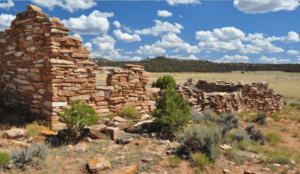
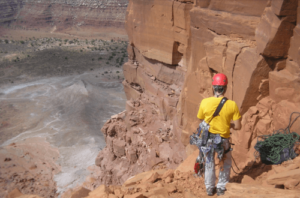
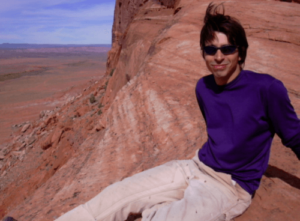
 My name is Enkhtungalag Chuluunbaatar. I am the second international fellow working with Conservation Colorado through the Community Solutions Program.
My name is Enkhtungalag Chuluunbaatar. I am the second international fellow working with Conservation Colorado through the Community Solutions Program.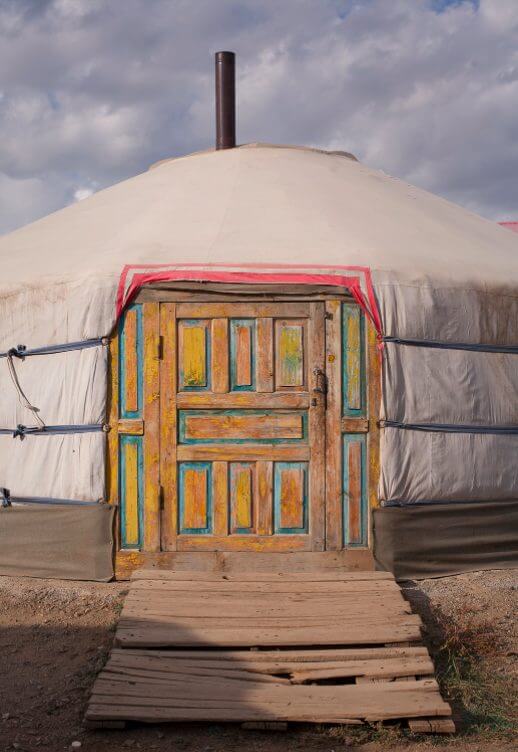 The ger (yurt) districts of Ulaanbaatar, an urban sprawl in continuous expansion, with inadequate infrastructure and services, is where about 65% of the city residents live. Air, soil, and water pollution come from power plants, coal-burning household stoves, an ever increasing amount of industries, automobiles, and construction, pit-latrines, and poor waste management systems. These urban challenges disadvantage the most underserved and vulnerable communities, such as low-income families, children, and people with disabilities.
The ger (yurt) districts of Ulaanbaatar, an urban sprawl in continuous expansion, with inadequate infrastructure and services, is where about 65% of the city residents live. Air, soil, and water pollution come from power plants, coal-burning household stoves, an ever increasing amount of industries, automobiles, and construction, pit-latrines, and poor waste management systems. These urban challenges disadvantage the most underserved and vulnerable communities, such as low-income families, children, and people with disabilities. As a volunteer-based organization, our supporters are essential to ensure that we continue to work with local communities in Mongolia and engage them in decision-making on sustainable urban development.
As a volunteer-based organization, our supporters are essential to ensure that we continue to work with local communities in Mongolia and engage them in decision-making on sustainable urban development.

